The yew, belonging to the Taxus genus in the Taxaceae family, is a versatile evergreen plant native to regions across Asia, North America, Central America, and North Africa. As a perennial, the yew thrives in various growing conditions, making it a popular choice for gardeners and landscapers. Known for its dense foliage and vibrant red berries, the yew is frequently used as a hedge, border plant, or in mass plantings to enhance garden aesthetics.
This hardy plant holds historical and cultural significance. Its association with Christianity and longstanding tradition predates the use of Christmas trees. Yew branches, often used as natural decorations during the holiday season, mirror the decorative role of holly. This deep-rooted connection is why yew trees are commonly found in churchyards, symbolizing endurance and continuity.
| Common name | Yew |
| Botanical name | Taxus |
| Family | Taxaceae |
| Origin | Asia, North America, Central America, North Africa |
| Life cycle | Perennial |
| Plant type | Perennial |
| Hardiness zone | 4, 5, 6, 7, 8 |
| Sunlight | Full Sun |
| Maintenance | Medium |
| Soil condition | Clay |
| Soil ph | Acid |
| Drainage | Well-Drained |
| Growth rate | Slow |
| Spacing | 6 – ft. – 12 ft. |
| Harvest time | Fall |
| Flower color | White |
| Leaf color | Green |
| Fruit color | Burgundy, Red |
| Fruit benefit | Showy |
| Garden style | Cottage Garden |
| Uses | Container |
I. Appearance and Characteristics
Taxus is a genus of coniferous trees or shrubs known as yews in the family Taxaceae. Yews occur around the globe in temperate zones of the northern hemisphere, northernmost in Norway and southernmost in the South Celebes. Some populations exist in tropical highlands.
The oldest known fossil species are from the Early Cretaceous.
Taxus is the Latin word for this tree and its wood that is used to make javelins. The Latin word is probably borrowed, via Greek τόξον tóxon, from taxša, the Scythian word used for “yew” and “bow” (cognate of Persian تخش Taxš meaning bow) because the Scythians used its wood to make their bows.
Yews typically occur in the understory or canopy of moist temperate or tropical mountain forests. Elevation varies by latitude from 3,000 m (9,800 ft) in tropical forests to near sea level in its northernmost populations. Yews are common in landscape architecture, giving rise to widespread naturalized populations in the United States. There, both T. baccata and Taxus cuspidata are common ornamental shrubs.
They are relatively slow-growing and can be very long-lived, and reach heights of 2.5–20 m (8.2–65.6 ft), with trunk girth averaging 5 m (16 ft). They have reddish bark, lanceolate, flat, dark-green leaves 10–40 mm (1⁄2–1+1⁄2 in) long and 2–3 mm (3⁄32–1⁄8 in) broad, arranged spirally on the stem, but with the leaf bases twisted to align the leaves in two flat rows either side of the stem.
The male cones are globose, 3–6 mm (1⁄8–1⁄4 in) across, and shed their pollen in early spring. Yews are mostly dioecious, but occasional individuals can be variably monoecious, or change sex with time.
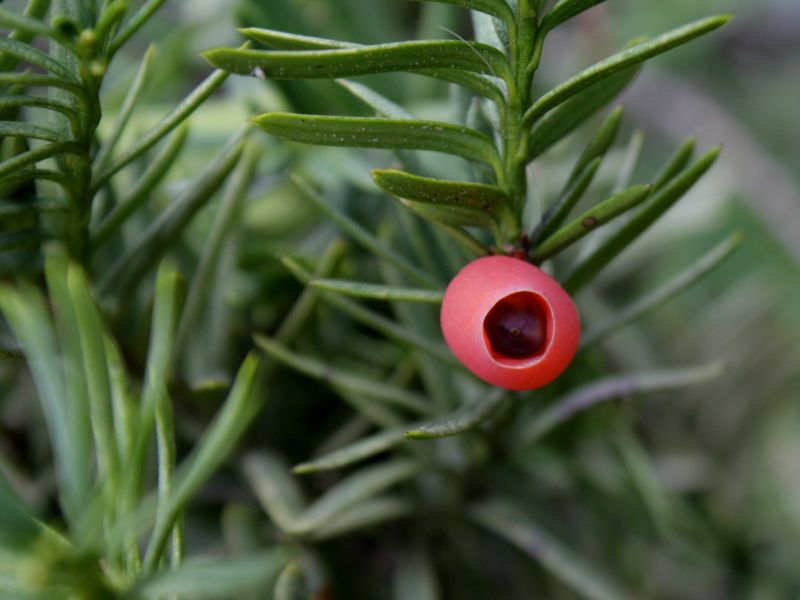
The seed cones are highly modified, each cone containing a single seed 4–7 mm (5⁄32–9⁄32 in) long partly surrounded by a modified scale which develops into a soft, bright red berry-like structure called an aril, 8–15 mm (5⁄16–19⁄32 in) long and wide and open at the end. The arils are mature 6–9 months after pollination, and with the seed contained are eaten by thrushes, waxwings and other birds, which disperse the hard seeds undamaged in their droppings; maturation of the arils is spread over 2–3 months, increasing the chances of successful seed dispersal.
All species of yew contain highly poisonous taxine alkaloids, with some variation in the exact formula of the alkaloid between the species. All parts of the tree except the arils contain the alkaloid. The arils are edible and sweet, but the seed is dangerously poisonous; unlike birds, the human stomach can break down the seed coat and release the toxins into the body. This can have fatal results if yew ‘berries’ are eaten without removing the seeds first.
Grazing animals, particularly cattle and horses, are also sometimes found dead near yew trees after eating the leaves, though deer are able to break down the poisons and will eat yew foliage freely. In the wild, deer browsing of yews is often so extensive that wild yew trees are commonly restricted to cliffs and other steep slopes inaccessible to deer. The foliage is also eaten by the larvae of some Lepidopteran insects including the moth willow beauty.
II. How to Grow and Care
Sunlight
Yew can be grown in full sun, partial shade, and even full shade. For healthy and lush growth, however, opt for a spot that gets several hours of sunshine each day. Too much shade can cause thin and floppy growth.
Temperature and Humidity
The hardiness zones for yew vary by species. In general, the plant does not tolerate prolonged extreme temperatures—hot or cold—and prefers to be planted in a site that’s sheltered from strong winter winds. Humidity typically isn’t a problem for yew, though it can struggle in extremely hot and humid summer weather.
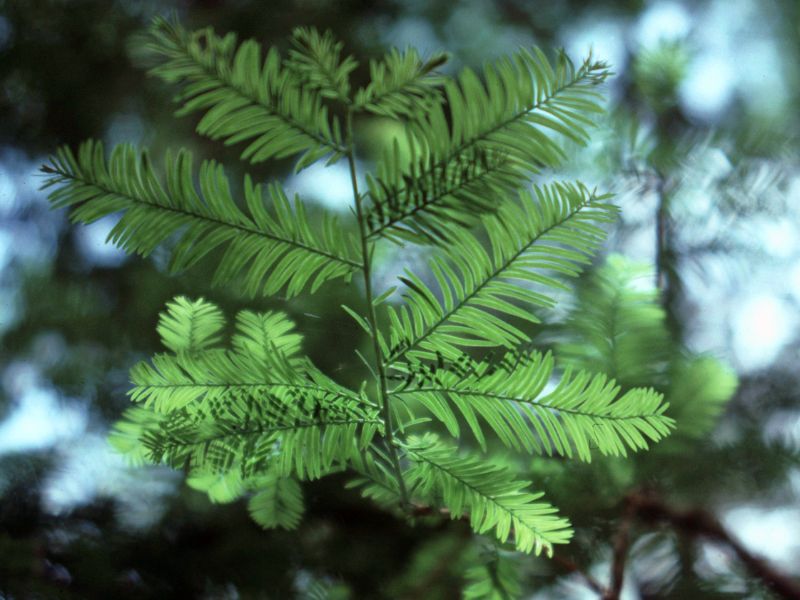
Watering
Yew prefers a moderate amount of soil moisture, yet it tolerates short periods of drought or overwatering, as long as the roots are not left standing in water. When establishing yew during the first year, water it weekly to maintain even soil moisture. After that, weekly waterings are only needed during drought periods when natural rainfall will not provide enough moisture.
Soil
Yew tolerates several soil types, as long as the soil has good drainage. It thrives in rich, loamy soil with a neutral to slightly alkaline soil pH of 5.0 to 8.0. It also does well, surprisingly, in heavy clay. However, any planting site that traps water may result in root rot.
Fertilizing
Fertilize your yew in the early spring, beginning one year after planting. Enrich the soil by spreading a 1-inch layer of mulch or compost starting a foot away from the plant’s trunk and extending out to its drip line (where rain falls from the outermost branches). You can also use a granular, high-nitrogen fertilizer raked into the soil starting a foot away from the trunk and extending out to the drip line. Please refer to the product directions for the amount of fertilizer to use, noting that using slightly under the recommendation will prevent over-fertilization.
Pruning
Overgrown yew can be rejuvenated with a good pruning, while shaping it to your preference. It’s not essential to prune yew annually, but it can be a helpful ritual, one that promotes lush growth. Prune yew in the early spring before any new foliage appears. Use hand pruners or branch loppers to cut branches back to their joints. Remove dead, damaged, or diseased branches as you spot them.
Propagation
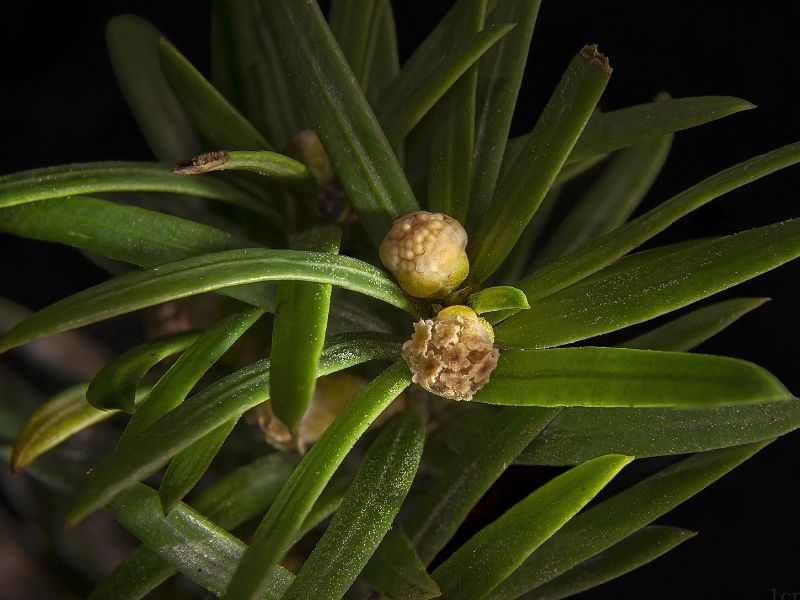
The best way to propagate yew is through cuttings. While this method takes time, it is still faster than propagating yew from seed (which can take several years to germinate). Propagating by cuttings also yields offspring that look exactly like the parent. So, if you’d like to extend a hedge or foundation cutting, this is the way to go.
Here’s how to propagate yew by cuttings:
- Gather pruning scissors, rooting hormone powder, pots, sand, and potting soil.
- Take 4- to 6-inch cuttings from your yew plant in the late summer or early fall. Make sure you’re cutting from the softwood portion of the bush. (Softwood is the stage between “new growth” and “hardwood,” when the plant’s stem is just beginning to toughen.) Choose strong, upright shoots.
- Dip each cutting into rooting powder and place it into a pot filled with moist sand. Keep the sand wet until roots form. Relocate the pots to an area of bright light.
- Once several weeks have passed, examine the bottom of the cuttings to see if they’ve formed roots.
- Next, fill pots with potting soil, water them, and place the newly rooted cuttings into the soil, taking care to fully bury the roots. Let the baby plants grow in pots until they are big enough to be transplanted into the ground in the spring. (This may take several seasons.)
How to Grow From Seed
Growing yew from seed is an exact science and a process that takes many years to complete. It involves storing seeds in a potting medium in the freezer for 10 months to several years, and then checking on them periodically to see if they’ve sprouted. Once sprouted, the seeds can be planted and tended to as seedlings, but the process of growing the plant big enough to be transplanted outside can take years. Hence, many gardeners prefer to buy starts at the nursery or take cuttings from their existing plants.
Potting and Repotting
Similar to most evergreens, yew looks great in containers and, in some climates, can be kept outside in pots year-round. Yew tends to grow slowly in containers, making it a good choice for gardeners who want to use it as an entryway statement or along a walkway. Plant yew in a clay or terracotta pot that has good drainage and keep it regularly watered, but not continuously wet, year-round. Come fall, relocate your yew to an area of partial shade, as warm day temperatures and plummeting night temperatures can be stressful on the plant. After a few years in a container, your yew will need to be transplanted into the ground.
Overwintering
In most climates, yew can tolerate cold winter temperatures without protection. To prevent issues and help retain needles, water yew frequently in the fall up until the soil is frozen. Planting yew on the north-facing side of a building will prevent winter needle burn, a condition that results from the needles heating up in the day, and then freezing come nightfall.
Pests and Diseases
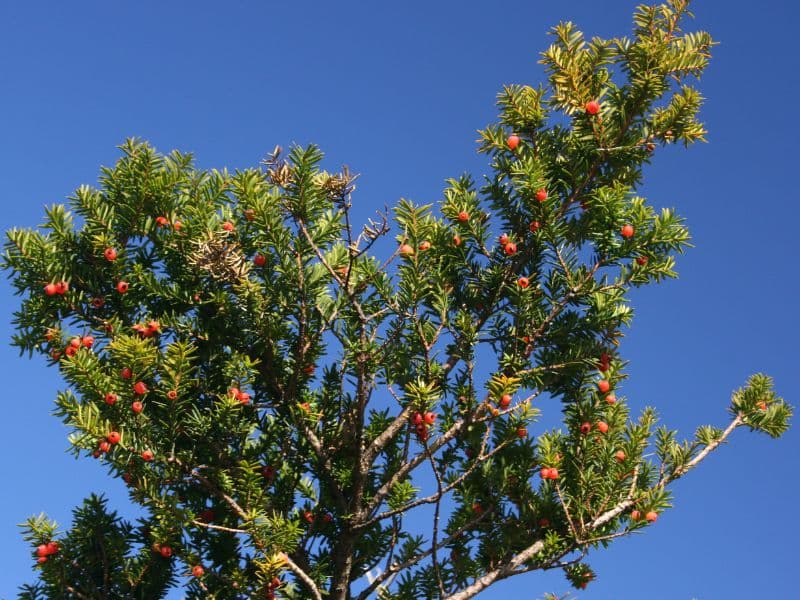
Common Pests & Plant Diseases
Yew can fall victim to several evergreen sapsuckers, including mealybugs and scale. Both bugs overwinter as nymphs, and then emerge in the spring to feed, as they hatch and mature. Infestation can result in needle loss, yellowing branches, dieback, and mold issues.
Mealybugs and scale are hard to control with insecticides, as they have grown resistant to most chemicals. To control infestation, remove the insects with a forcible spray from the garden hose, while also removing the “grandmother” (older) plants that have deteriorated. Additionally, you can spot treat with a 70 percent diluted solution of isopropyl alcohol, testing it first for plant burn and applying it once a week until the infestation clears.
Common plant diseases rarely affect yew.
Common Problems
Root rot or “wet feet” is a common problem with yew plants. This plant is notorious for dying if it sits in soil that is waterlogged. That said, too little watering can also cause similar issues. Sticking to strict watering protocols will help you avoid both root rot and yellowing branches and needles.
Heavy snows can result in winter damage, like broken branches, and browning needles. After a big snowfall, make sure to remove any lingering snow buildup to prevent this problem. Late summer pruning can also help a yew plant or tree avoid breakage during storms.
III. Uses and Benefits
- Bows
Yew wood is reddish brown (with whiter sapwood), and is very springy. It was traditionally used to make bows, especially the longbow. These longbows were used by Scythian people who were part of the police force in ancient Athens. This use was lent into the Ancient Greek word for “bow” and later probably borrowed into the Latin word and now generic name of Taxus.
Ötzi, the Chalcolithic mummy found in 1991 in the Italian Alps, carried an unfinished bow made of yew wood. Consequently, it is not surprising that in Norse mythology, the abode of the god of the bow, Ullr, had the name Ydalir (Yew Dales). Most longbow wood used in northern Europe was imported from Iberia, where climatic conditions are better for growing the knot-free yew wood required. The yew longbow was the critical weapon used by the English in the defeat of the French cavalry at the Battle of Agincourt, 1415. British yews tend to be too gnarly, and thus the wood for English longbows used at the Battle of Agincourt was imported from Spain or northern Italy.
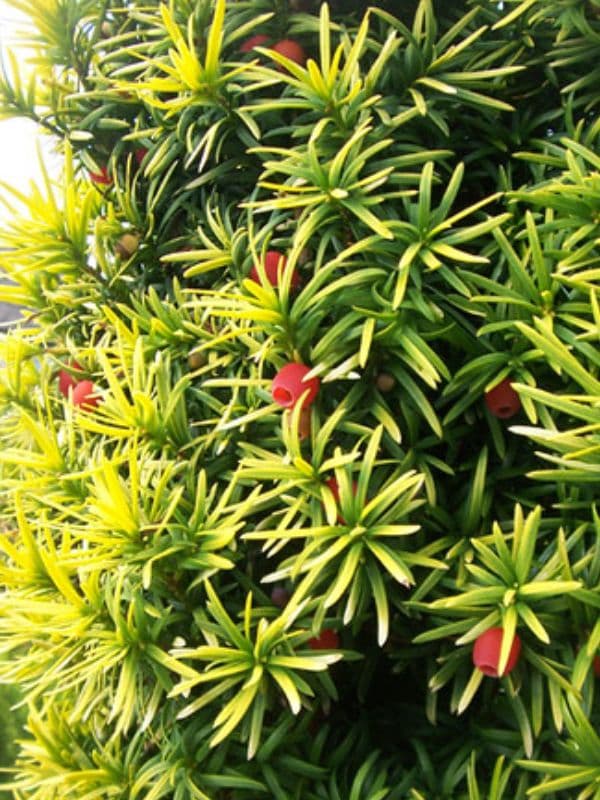
- Horticulture
Yews are widely used in landscaping and ornamental horticulture. Over 400 cultivars of yews have been named, the vast majority of these being derived from European yew (Taxus baccata) or Japanese yew (Taxus cuspidata). The hybrid between these two species is Taxus × media. A popular fastigiate selection of the European yew (Taxus baccata ‘Fastigiata’) is often called the Irish yew, illustrating the difficulties with common names. A few cultivars with yellow leaves are collectively known as golden yews.
- Chemistry
The Pacific yew (Taxus brevifolia), native to the Pacific Northwest of North America, and the Canada yew (Taxus canadensis) of Eastern and Central North America were the initial sources of paclitaxel or Taxol, a chemotherapeutic drug used in breast and lung cancer treatment and, more recently, in the production of the Taxus drug eluting stent by Boston Scientific. Over-harvesting of the Pacific yew for paclitaxel led to fears that it would become an endangered species, since the drug was initially extracted from the bark of the yew, the harvesting of which kills the tree.
On January 18, 2008, the Botanic Gardens Conservation International (representing botanic gardens in 120 countries) stated that “400 medicinal plants are at risk of extinction, from over-collection and deforestation, threatening the discovery of future cures for disease.” These included yew trees, whose bark is used for the cancer drug paclitaxel.
However, methods were developed to produce the drug semi-synthetically from the leaves of cultivated European yews. Those can be sustainably harvested without the need to further endanger wild populations, and the Pacific yew is no longer at risk. The more common Canada yew is also being successfully harvested in northern Ontario, Quebec and New Brunswick, and has become another major source of paclitaxel. Other yew species contain similar compounds with similar biochemical activity. Docetaxel, an analogue of paclitaxel, is derived from the European yew (Taxus baccata).
- In culture
The yew tree is a frequent symbol in the Christian poetry of T. S. Eliot, especially his Four Quartets.
IV. Types of Yew
There are over 400 cultivars of yew, many of which are derived from Taxus baccata (European yew) or Taxus cuspidata (Japanese yew). The types most popular for landscape use include:
- Taxus baccata ‘Repandens’, which grows roughly 2 to 4 feet high by 12 to 15 feet wide and is used for foundation plantings or as short hedges.
- Known as Canadian yew, Taxus canadensis has a spreading growth habit and reaches around 4 feet high by 7 feet wide.
- Taxus baccata ‘Fastigiata’ is pillar-shaped and grows 15 to 30 feet high and 4 to 8 feet wide. It’s often used for privacy hedges.
- The Taxus cuspidata ‘Monloo’ variety grows to a mature height of 3 feet and spreads 8 to 10 feet wide. This cultivar is commonly used for foundation plantings or short hedges.
- Taxus × media ‘Hicksii’ is another variety used for privacy hedges. It is column-shaped and grows 15 feet high by 20 feet wide.
Find Where to Buy the Best Yew (Taxus)


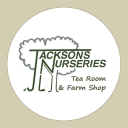















Leave a Reply